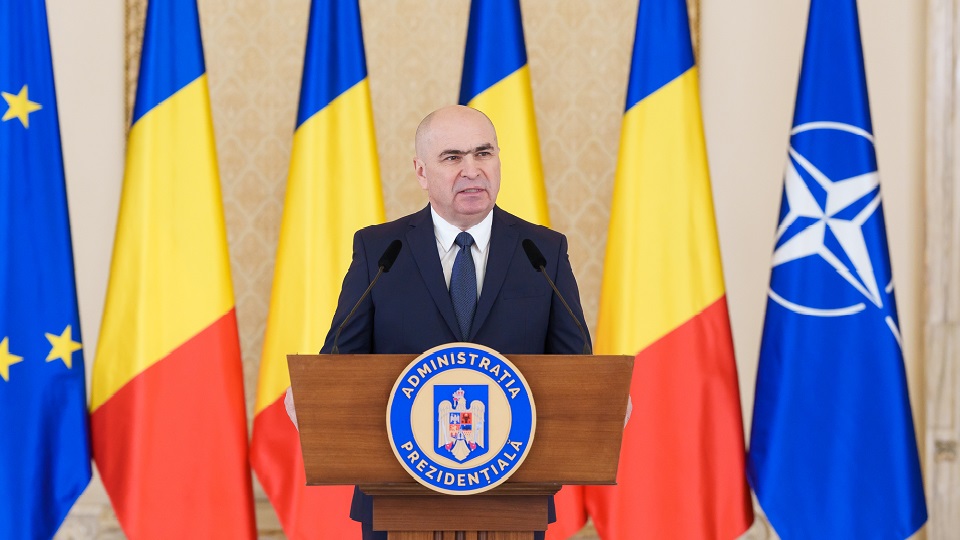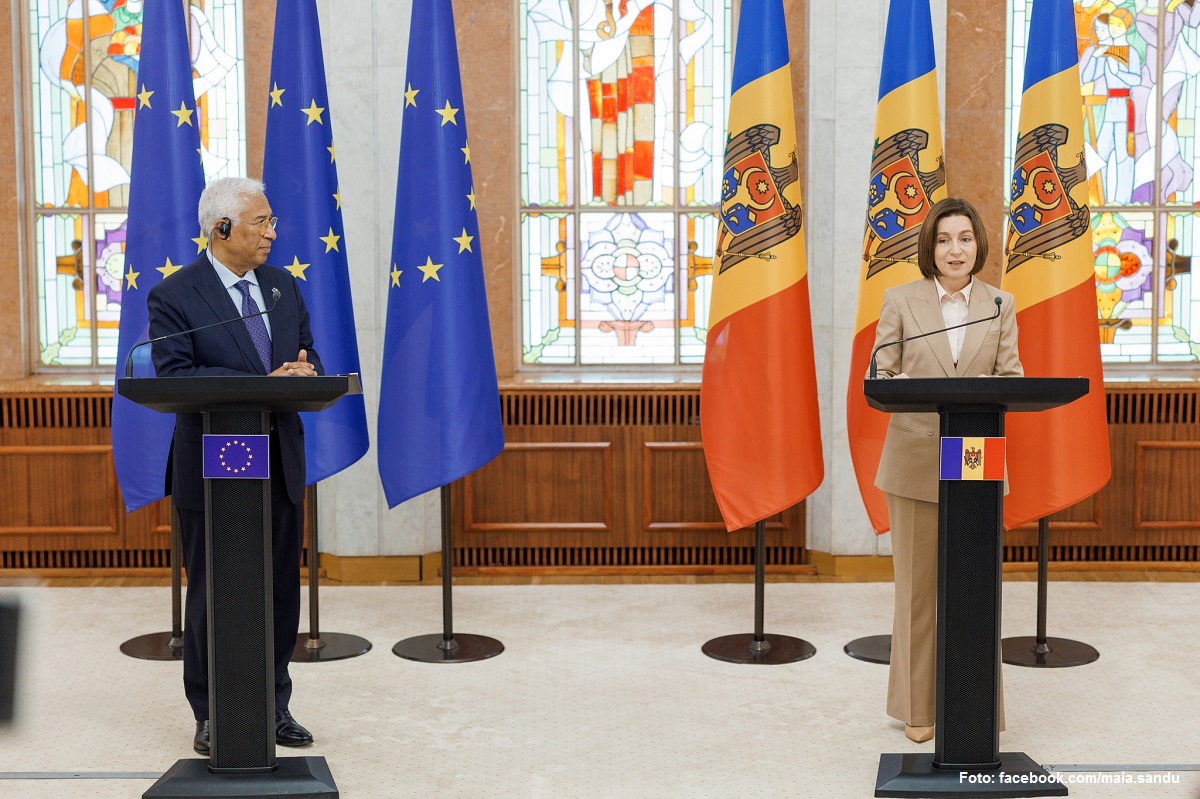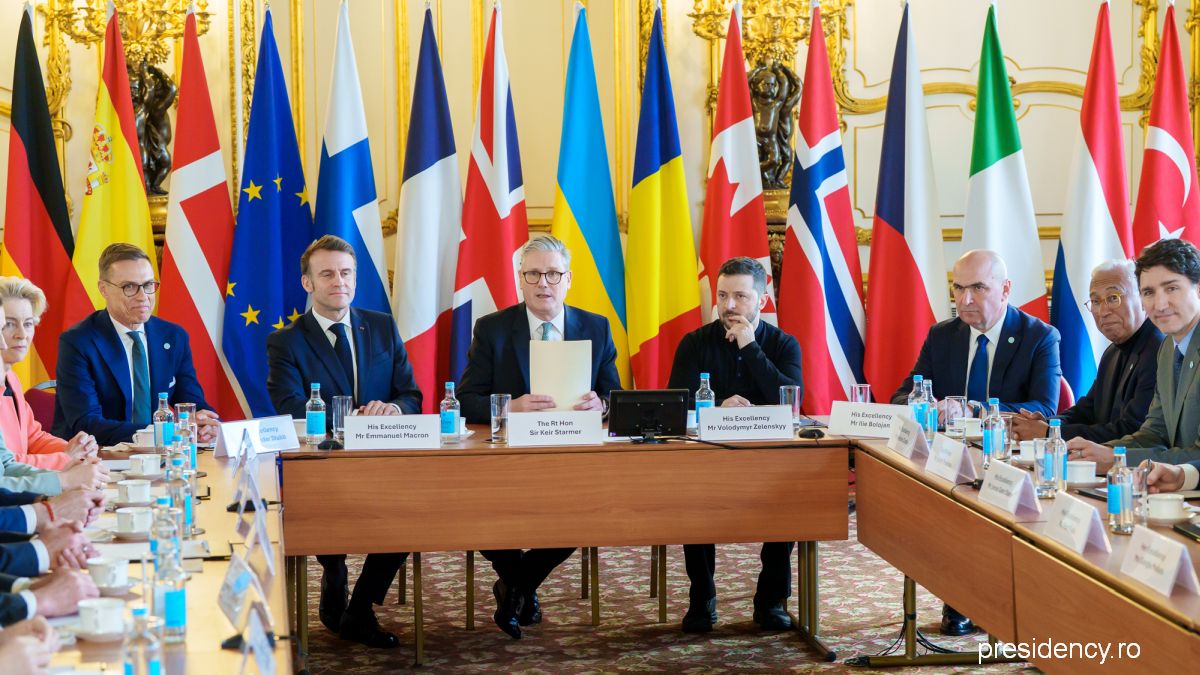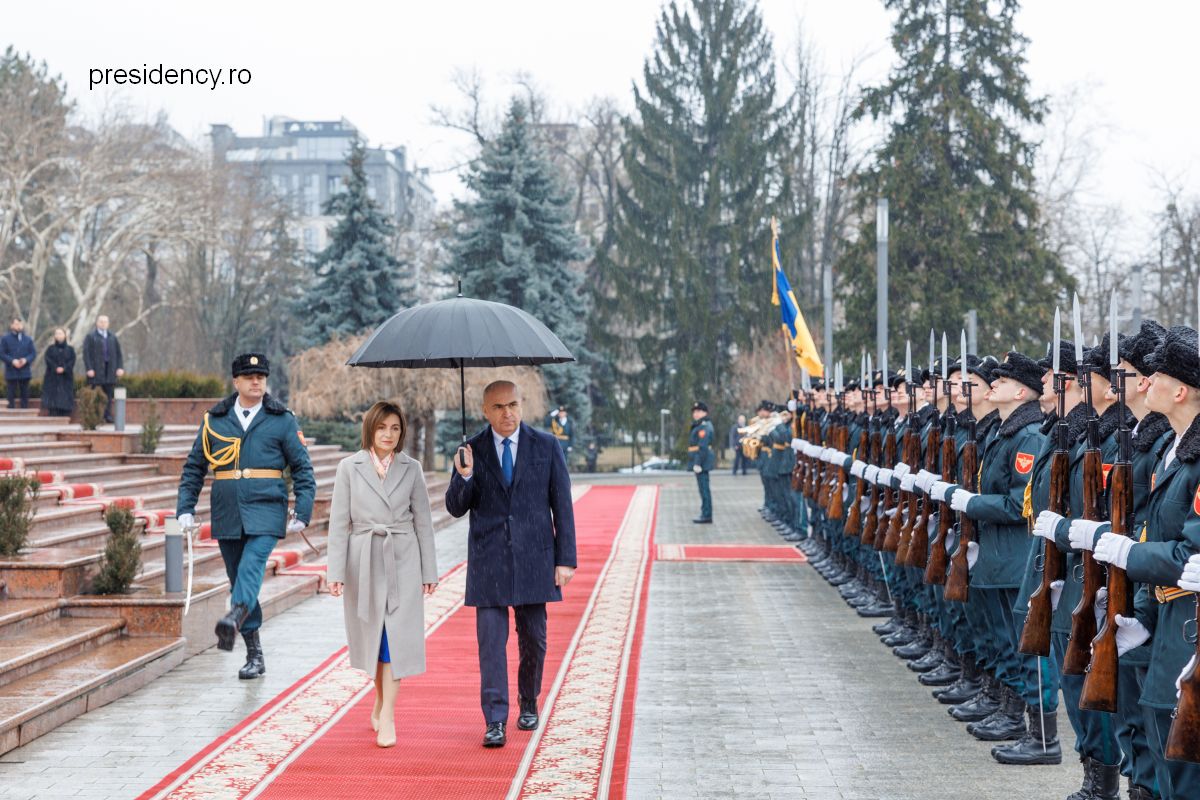Problems in Romanian infrastructure
The situation of transport infrastructure in Romania demands swift and large-scale action
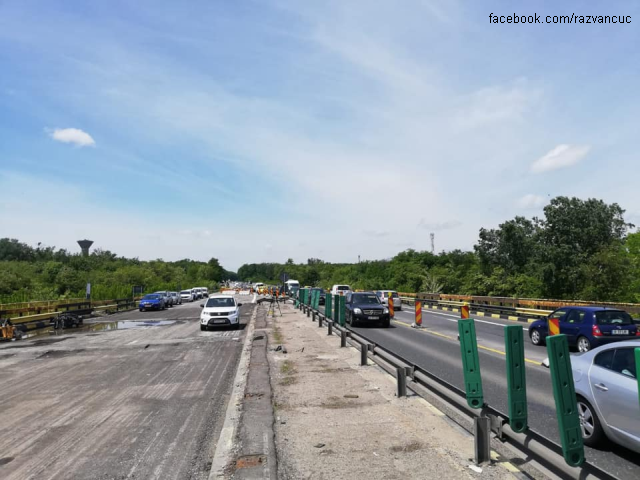
Roxana Vasile, 13.05.2019, 13:55
Upon taking over
as Transport Minister at the end of February, Razvan Cuc promised he would
spend more time in road infrastructure construction sites across the country
rather than in his cozy office in Bucharest. The press has since been monitoring
his visits on the ground. On Sunday, Minister Cuc inspected progress on
repair works for the A1 motorway, linking Bucharest to Pitesti.
Can you see the traffic here? At 3 PM it will be at a standstill. Do
you find it acceptable that drivers should hoot their horns all the time? The
contract was signed in November, and the concrete stripping process kicked off
in April. This is unacceptable! You have 24 hours to come up with solutions. I
want to see the works completed within 30 days!
On Friday
Minister Razvan Cuc visited Satu Mare County in the northwest, to inspect the
construction site for the Satu Mare beltline, and on Saturday he traveled to
Salaj, in the center:
I want to see results, I want to see open construction sites, I want to
open as many construction sites as possible all over the country, and wherever
promises were made but not upheld, or the deadline was not met, the directors’
position will be forfeit.
Everyone knows
the theory – without an appropriate infrastructure, the number of road traffic
accidents will not go down, and the time spent in traffic will not decrease.
Every day five people die in road accidents in Romania. In the over 30,000
accidents produced every year, some 2,000 people lose their lives. Romania
ranks last at EU level in terms of road traffic safety. 30 years since the
anti-communist revolution and 12 since Romania joined the EU, our country still
doesn’t have a motorway that crosses the Carpathians. At the end of 2018,
Romania had merely 800 km of motorway, of which 100 were built under dictator
Nicolae Ceausescu. Romania still doesn’t have motorways linking the center to
the south of the country, or the center to the east of the country. The few
motorway strips built so far are ensuring passage out of the country instead of
allowing people from Transylvania to get to Bucharest or to the Black Seacoast
more easily. Most are two-lane roads crossing towns and villages every 10
kilometers, with speed limitations, unsignaled cyclists, tractors, horse-driven
carts, construction works, obstacles and scores of unsignaled potholes. This
all turns a 350-km trip into a six-hour ordeal. There are currently laws
compelling the state to take priority in dealing with these projects. The
European Union has been begging the authorities in Bucharest to attract EU
funds for the construction of high-speed roads. Still, things are advancing
very slowly. Easier said than done! The carelessness of previous
administrations and bureaucracy were the main obstacles, in addition to
awarding contracts to builders whose main goal was to swell their profits.
(Translated by V. Palcu)

